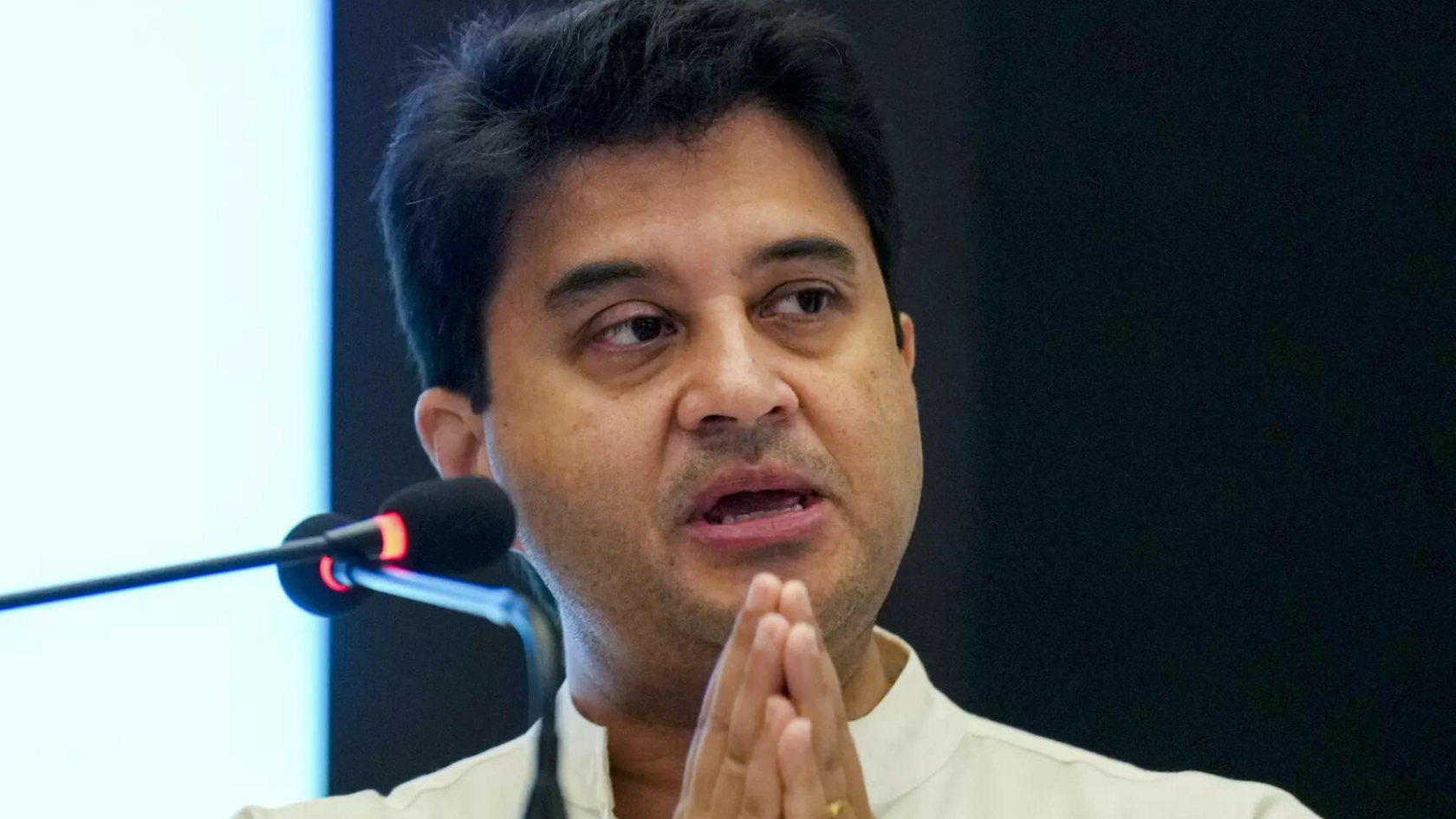NEW DELHI: The Central government is preparing a $4-billion (~233,744-crore) investment plan to connect every village in the country with high-speed broadband, aiming to achieve 100% telecom connectivity saturation in remote regions, Union Telecom Minister Jyotiraditya Scindia announced on Tuesday.
"We are putting in place a close to $4 billion investment plan to connect every single village (for a) 100% saturation. Since June of last year, 17,000 towers out of a planned 27,000 towers have been set up in nearly 36,000 villages," Scindia said at the two-day Bharat Telecom 2025 event, organized by the Telecom Equipment and Services Export Promotion Council (TEPC) and the Department of Telecommunications (DoT).
Scindia emphasized that telecom connectivity in every village would provide citizens with the tools for empowerment and the ability to access vital information and communications. Over the years, the Centre has introduced several schemes, including the 4G Saturation project, to provide high-speed broadband internet in villages, enabling citizen-centric services at the grassroots level.
The minister highlighted India’s progress in rolling out 5G networks, a feat achieved in an impressive timeframe. He shared that telecom carriers in the country invested $50 billion over the span of 21 months to deploy the latest generation wireless networks.
"In just 22 months, 99% of our villages have been connected by 5G. A total of 4,70,000 towers have been set up, with almost 4 lakh crores of investment. This is the result of bold reforms, visionary policies, and our unwavering ambition to transform India into a global digital power," he added.
India’s leading telecom companies, Reliance Jio and Bharti Airtel, have already completed their nationwide 5G deployments, while Vodafone Idea (Vi) has only recently started launching commercial 5G services, beginning in metro cities such as Mumbai and Delhi.
According to Scindia, data consumption in India has surged, with the average user now consuming 27.5GB of data per month. This is growing at a compound annual growth rate (CAGR) of 19.5% over the last five years. He also mentioned that 43% of all broadband traffic in metros is now on 5G, and by the end of this year, 90% of smartphones sold in India will be 5G-enabled. "India has not only become the second-largest telecom market globally, but we are also the cheapest data market in the world," he said.
The Union Minister also noted India’s strides in reducing its dependence on mobile phone imports, pointing to reports that Apple plans to source and produce all iPhones in India in the near future. "We are a mobile manufacturing powerhouse now," he remarked.
"In the last fiscal year, mobile phone sales alone were worth ₹2 lakh crores, which translates to nearly $24 billion. Our telecom equipment market has grown significantly, with sales exports reaching close to ₹28,500 crores. This growth is largely driven by our production-linked incentive (PLI) scheme for telecom equipment manufacturing," Scindia added.
In his closing remarks, Scindia encouraged global telecom and technology companies to invest in India, highlighting the significant economies of scale and affordability that the country offers. "The intellectual property, hardware, and software — the very soul of our telecom products — are now designed, imagined, and crafted in India. It makes economic sense for every original equipment manufacturer (OEM) to invest in India," he concluded.
